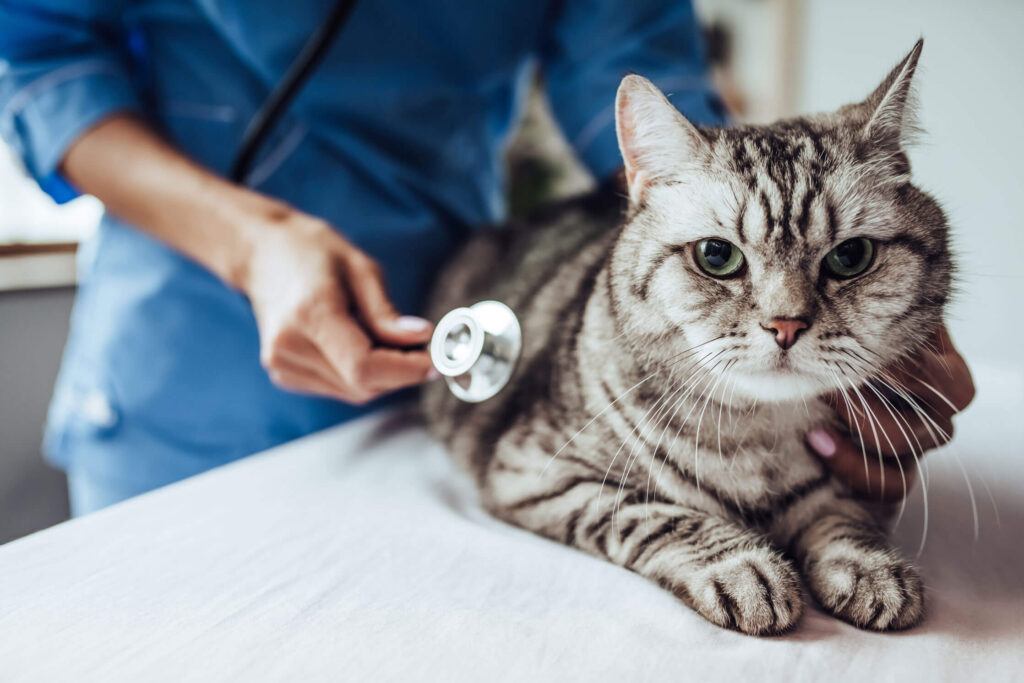By Dr. Marty BeckerI’m sure that many of you, like me, can become numb, inured to human violence, whether it’s the war in Ukraine or the Israeli/Palestinian conflict. But when those of us who love or care for God’s creatures see instances of animals suffering, harmed, or killed, we are always ready to speak up or take action. What did you think when you heard that four horses died ahead of the 149th Kentucky Derby in May of this year?
Caring for animals is important. It has certainly been the bedrock of my life. But I care, too, about my fellow humans and the world we create for ourselves and all the rest of God’s creation. As members of the human family, we need to animate and activate our discussions, disgust, directives, and donations for all forms of suffering and injustic.
I’m sure the vast majority of people spoke out in support of the “Me Too” movement following the repulsive actions of Harvey Weinstein and Jeffrey Epstein. When George Floyd was killed, we were horrified by the actions of those police officers, and many marched. When white supremacists descended on Charlottesville, Virginia, for the “Unite The Right” rally spouting hateful rhetoric such as, “Jews will not replace us,” “You will not replace us,” and “Blood and soil” (a phrase evoking Nazi philosophy on ethnic identity), we were shocked and sickened; I know there were many kitchen table discussions asking, “How can this kind of hatred still exist against a people vilified for most of modern history?”
Here we are, almost eight decades after the end of World War II, and anti-Semitism, yet again, has grown in breadth, intensity, and violence. And yet again, too few speak out to confront the rot we see exposed on the street, on campuses, in churches, and on the media.
I have made it a point over the past month to repeatedly call my Jewish colleagues and friends to see how they’re doing. My shoulders fell as I heard stories of their rabbi killed, of their children being bullied at school and no longer feeling comfortable wearing their Star of David, of them seeing anti-Semitic graffiti in their neighborhood. It’s bad enough to see global anti-Semitism on TV or your mobile phone, but it hits harder when you see it on a wall as you drop your kids off at school or pick them up from soccer practice.
I know in the Becker family, we talk about injustice and try to live up to the words in our constitution: “We the people,” or those in the Pledge of Allegiance, “One nation, under God, indivisible.” What also ping pongs between my heart and head is the congregational prayer I’ve heard and recited since childhood that includes the words, “All God’s children.”
This is not just a message of support for the Jewish population. There’s room in our hearts and wallets to support races that are discriminated against, ethnic groups like the Palestinians, the cruel crackdown on Rohingya Muslims in Myanmar, violence upon the LGBTQ+ community, and of course, any animal abuse.
Let’s make it a growing chorus of people who speak out against discrimination, violence, and abuse, and speak up for human rights, diversity, and equal opportunity.
Grow hoarse from making your voice heard.
Dr. Marty Becker, “America’s Veterinarian,” is the founder of Fear Free, which works to prevent and alleviate fear, anxiety, and stress in pets by inspiring and educating the people who care for them. This includes veterinary and other pet professionals as well as pet parents through FearFreeHappyHomes.com and animal shelter and rescue group staff and volunteers through FearFreeShelters.com.
Want to learn more about Fear Free? Sign up for our newsletter to stay in the loop on upcoming events, specials, courses, and more by clicking here.





